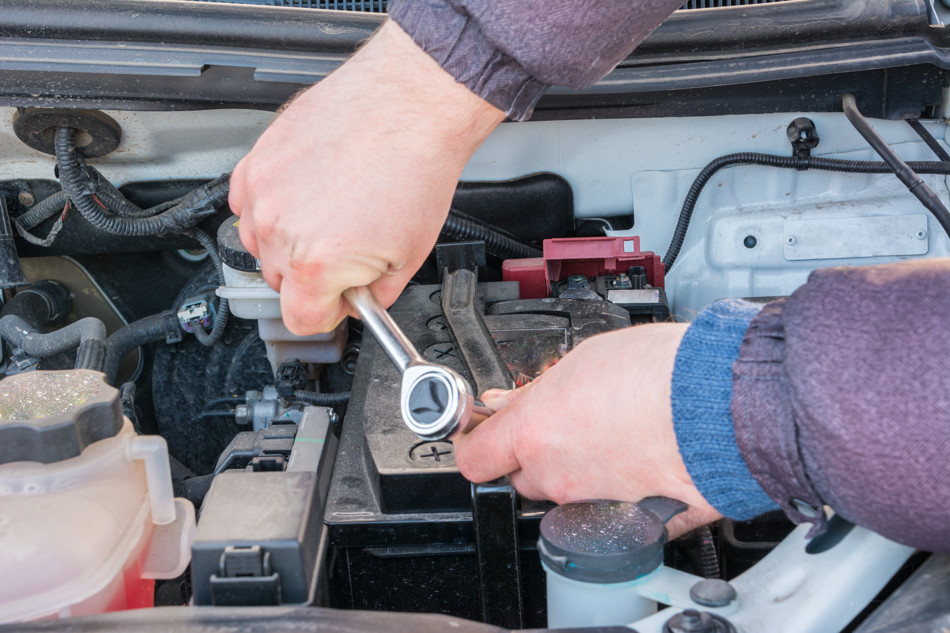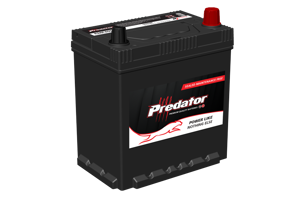Battery Maintenance Tips to Keep You Charged Up this Winter
A question we get asked frequently by customers is ‘how do I take care of my battery in winter?’ Temperature affects the performance of a battery whether in summer or winter. Cooler temperatures reduce a battery’s power output, sometimes to the point where it cannot deliver the power required to start or run the application.

Whether your vehicle or machine is fitted with a flooded lead-acid, Absorbent Glass Mat (AGM) or lithium battery, they are all prone to reduced power output in cold weather. With temperatures plummeting across Australia this winter, knowing how to take care of your battery is crucial. Here are some tips on battery maintenance in winter from the battery experts at R&J Batteries:
1. Check the Condition of the Battery
Just like routine scheduled maintenance is critical to any vehicle or application, inspecting its battery is equally important. Although it is best to do this before winter starts, you can still check the condition of the battery during winter by looking for any cracks, broken pieces, leaks, bulging or any sign of damage.
2. Check the Battery Connections
Take a look at the battery cables and connections to ensure they are clean, secure and in good shape. Dirt and corrosion can decrease battery performance so it is vital to clean the terminals thoroughly with a stiff wire brush such as the Redmax Battery Terminal Brush. Remember to take safety precautions when handling the battery, and if you are not sure about disconnecting the battery to clean the terminals, get in touch with your local R&J Batteries branch for advice.
3. Go for Long Trips Rather than Short Trips
Short trips may not be sufficient to keep your vehicle’s battery in a healthy State of Charge (SoC). In fact, it may do more harm than good because the vehicles charging system may not have enough time to replace the energy used to start the vehicle. If you only use your vehicle for short trips, purchasing a multistage battery charger such as the Ozcharge Charger is a great solution to keep your battery charged. Using a charger will help maximise the battery life and performance.
4. Prepare for Long-term Storage
If you don’t use the vehicle or equipment during winter months, it is best to prepare for it for long-term storage. The best solution is to connect the battery to a multistage charger which will charge and maintain your battery, keeping it charged through the winter period so it is ready to use when you need.
Winter battery care need not be difficult. Simple steps like checking the condition of the battery, cleaning the terminals, and preparing for long-term storage when not in use can maintain its condition and ensure it provides the power you need when you need it. If battery care is not your forte, the experts at R&J Batteries can provide advice on winter battery care, information on the current health of your battery and recommend the best replacement battery for your application if required. Get in touch with your local branch today.
FAQs
A battery uses a chemical reaction to store and deliver energy. As the temperature drops, the speed of the chemical reaction becomes slower which reduces the amount of power your battery can deliver. A battery which is near the end of its life may deliver enough power to start your engine when it is 15oC however when a cold winter night reduces the temperature below 5oC, the battery will struggle or fail to crank the engine.
Multistage battery chargers are designed to charge a battery and keep it charged in what is called float mode. You can leave one of these battery chargers connected to your battery all winter if to keep your battery charged.
A fully charged battery will not freeze unless the temperature is extremely cold (below -30oC). As a battery discharges however, the sulphuric acid is removed from the electrolyte leaving water behind. A dead flat battery has almost 100% water in each cell (which will freeze when the temperature drops below 0oC). This means that if your battery is frozen it is likely that it was discharged. You should never attempt to jump start or charge a frozen battery.



